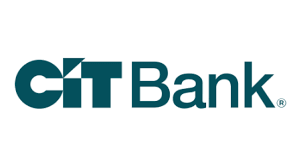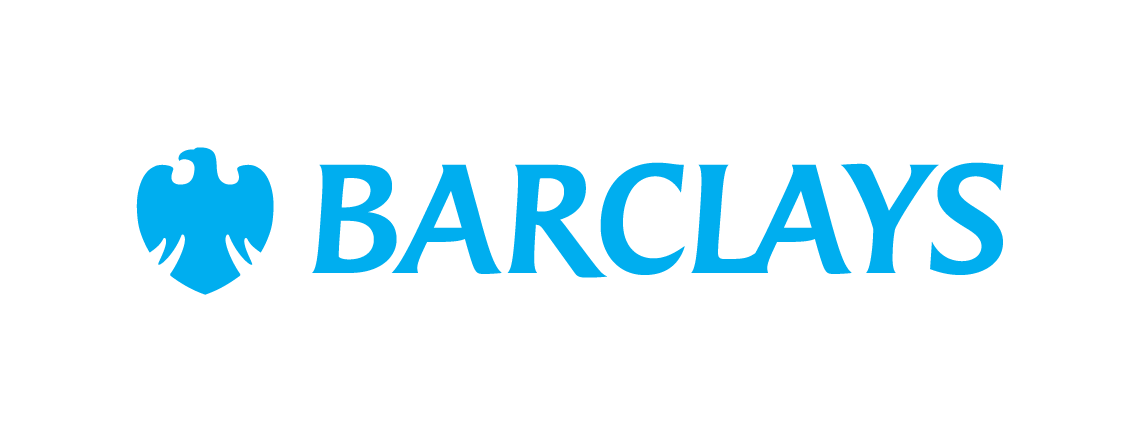Only Have a $1,000 Emergency Fund? Here's Why That's OK
KEY POINTS
- If you're working hard to reach your financial goals, you may be busy building an emergency fund.
- Even if you only have $1,000 put away for emergencies, you're in a much better place than if you had no money saved at all.
- You can always increase your savings goal if your budget allows for it.
Having extra money saved can make a big difference in your financial health. You never know when an unexpected bill will come your way, and having the funds needed to pay it can reduce your stress and allow you to avoid debt.
What if you can only afford to save $1,000? That's great! Find out why having $1,000 in your savings account is much better than zero.
Is $1,000 enough to prepare for emergencies?
You've likely heard financial experts recommend having an emergency fund. That's solid advice. Having extra money in the bank can make it easier to navigate stressful situations like a surprise medical bill or unexpectedly needing to replace your refrigerator.
Without money in the bank, you may have to resort to using a credit card to cover unplanned expenses, which could put you at risk of racking up credit card debt -- especially if you're already in a difficult financial situation.
Our Picks for the Best High-Yield Savings Accounts of 2025
| Product | APY | Min. to Earn | |

American Express® High Yield Savings Account
Member FDIC.
APY
3.70%
Rate info
3.70% annual percentage yield as of April 25, 2025. Terms apply.
Min. to earn
$0
Open Account for American Express® High Yield Savings Account
On American Express's Secure Website. |
3.70%
Rate info
3.70% annual percentage yield as of April 25, 2025. Terms apply.
|
$0
|
Open Account for American Express® High Yield Savings Account
On American Express's Secure Website. |

CIT Platinum Savings
Member FDIC.
APY
4.10% APY for balances of $5,000 or more
Rate info
4.10% APY for balances of $5,000 or more; otherwise, 0.25% APY
Min. to earn
$100 to open account, $5,000+ for max APY
Open Account for CIT Platinum Savings
On CIT's Secure Website. |
4.10% APY for balances of $5,000 or more
Rate info
4.10% APY for balances of $5,000 or more; otherwise, 0.25% APY
|
$100 to open account, $5,000+ for max APY
|
Open Account for CIT Platinum Savings
On CIT's Secure Website. |

Barclays Tiered Savings
Member FDIC.
APY
4.10%
Rate info
Balances less than $250,000 earn 4.10%, and balances greater than $250,000 earn 4.30%.
Min. to earn
$0
Open Account for Barclays Tiered Savings
On Barclays' Secure Website. |
4.10%
Rate info
Balances less than $250,000 earn 4.10%, and balances greater than $250,000 earn 4.30%.
|
$0
|
Open Account for Barclays Tiered Savings
On Barclays' Secure Website. |
But what if you only have $1,000 saved up? Is that enough to protect yourself financially? First, if you have $1,000 in your emergency fund, that's fantastic news. It takes a lot of hard work to save that much money, and you should be proud of yourself.
While $1,000 is likely not enough to cover several months of living expenses, it should be enough to cover an unexpected expense or bill that comes your way. Having $1,000 in your savings account puts you at an advantage and can give you greater peace of mind.
Whether you have $100, $500, or $1,000 saved, it's important to remember that any money saved is a huge win for your finances. A $1,000 savings fund is a great place to start. Remember, you can always continue saving, so you're even more prepared.
Do this to boost your emergency fund balance faster
If you're looking for a way to boost your $1,000 emergency fund, you're in the right place. Making regular contributions to your savings account is the best strategy. But that requires you to remember to set aside extra cash. Do you sometimes forget to save? You're not alone.
I recommend automating the savings process. You can set up automatic transfers so money is transferred from your checking account to your savings account as often as you'd like. Doing this can save you time and ensure you stay on top of your savings goals.
One more tip: Keep your extra cash in a bank account that earns interest. One popular option is a high-yield savings account. These accounts are earning APYs of 4.00% or more. As your money sits in the bank, you can get rewarded by earning interest.
No savings goal is too small
If you're reading this and have yet to establish an emergency fund, don't fret. It's never too late to start saving, and it's OK to begin with a small goal. Whether you want to save $300, $500, $1,000, or more, the most important part is that you're taking steps to prepare financially.
Our Research Expert
We're firm believers in the Golden Rule, which is why editorial opinions are ours alone and have not been previously reviewed, approved, or endorsed by included advertisers. Motley Fool Money does not cover all offers on the market. Motley Fool Money is 100% owned and operated by The Motley Fool. Our knowledgeable team of personal finance editors and analysts are employed by The Motley Fool and held to the same set of publishing standards and editorial integrity while maintaining professional separation from the analysts and editors on other Motley Fool brands. Terms may apply to offers listed on this page. APYs are subject to change at any time without notice.
